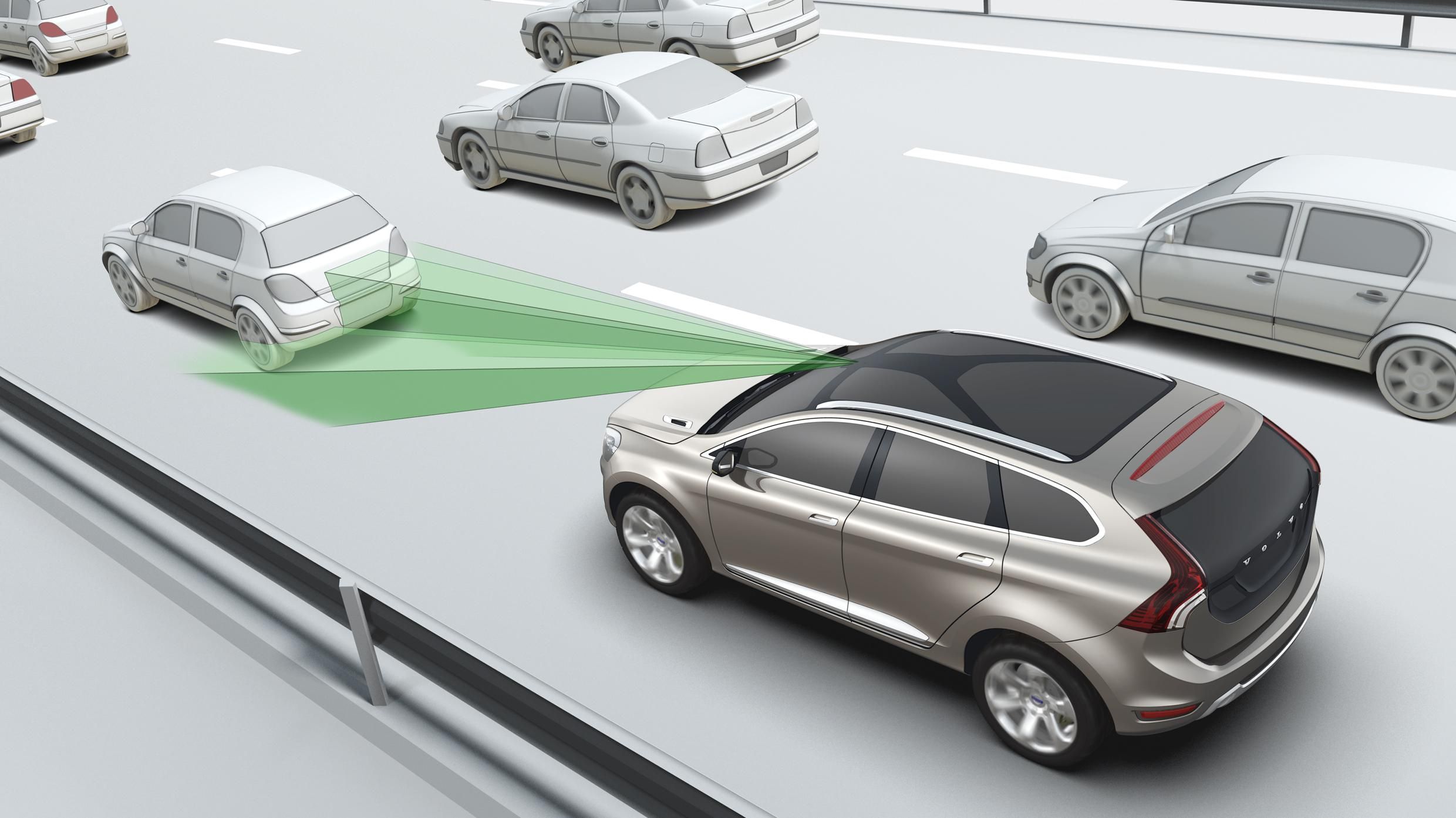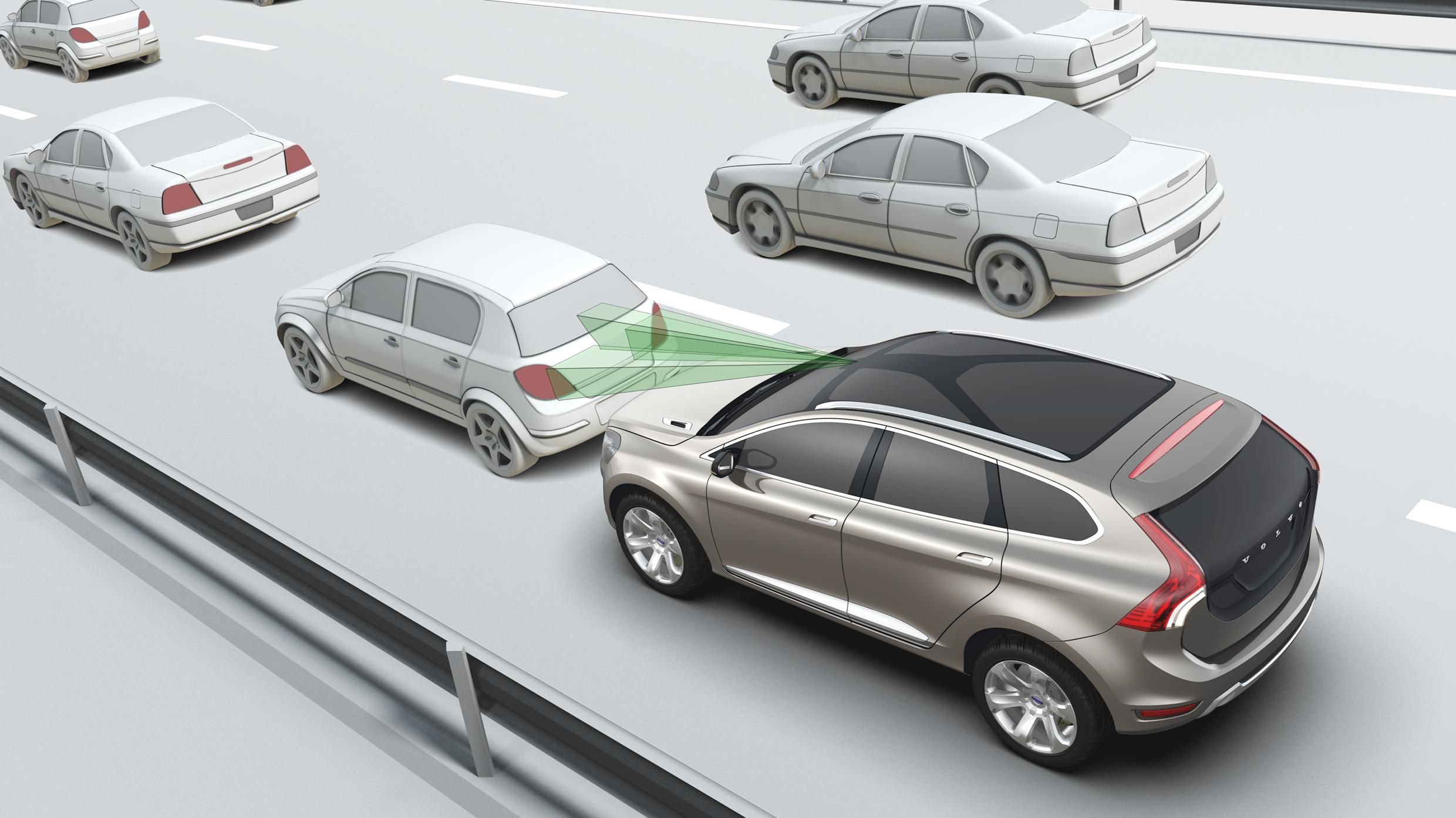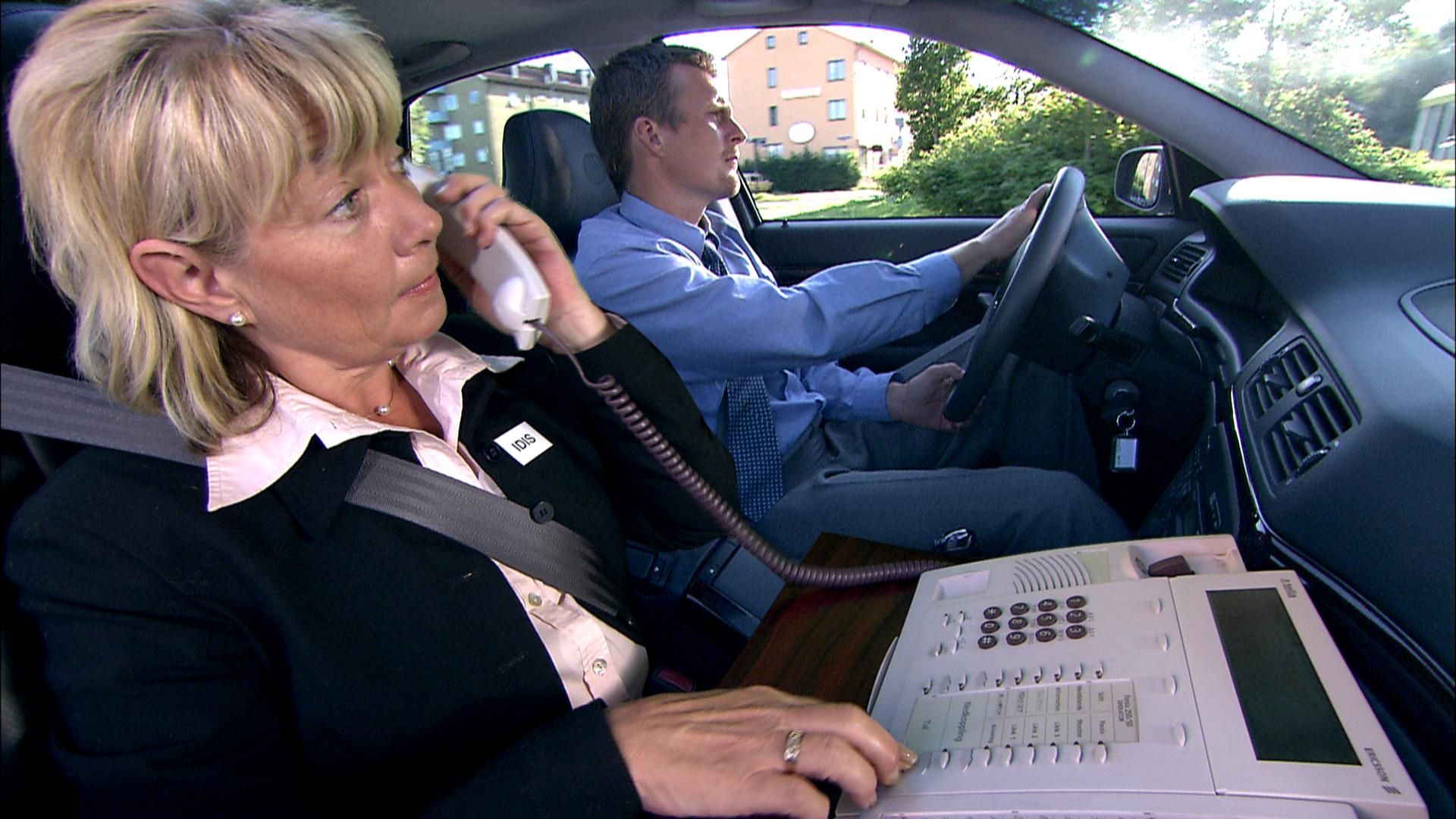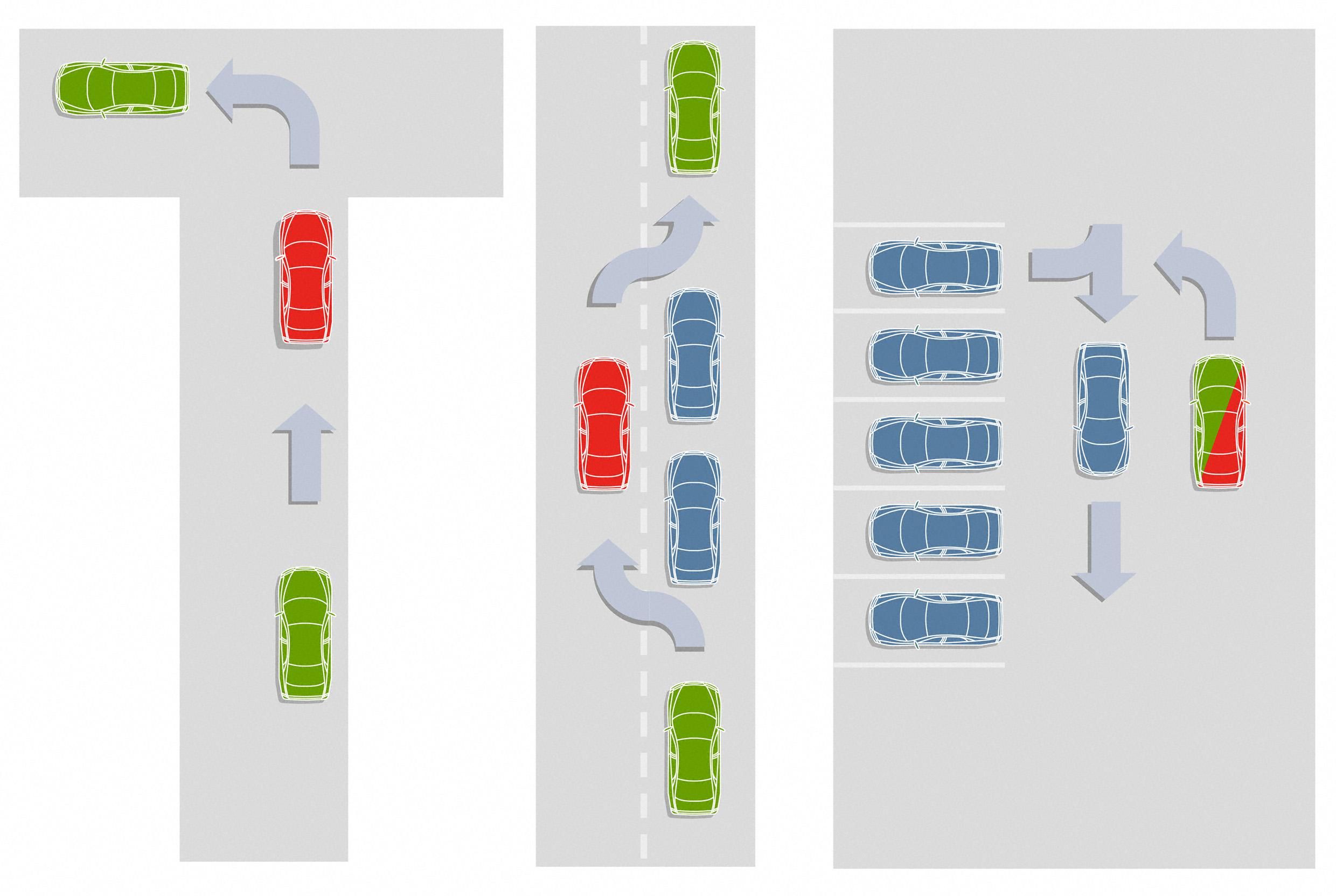It happens on occasion that someone invents a "gadget" that everyone wants. A gadget that no one felt the need for before it existed … TV, radio, mobile phones. But who wouldn’t like to have a washing machine that also irons the shirts? Or a saucepan that only prepares good food?
The cars of the future will have functions that no one feels the need for today, but that everyone will love tomorrow.
The first hundred years of automobile development were mostly about engines, bodies, and chassis. The next century will be dominated by electronics. We have already had a few glimpses of the future. Modern cars have more computer capacity than the moon rockets of the ‘70s. They have navigation systems that find their way thanks to satellites. They have computer-controlled suspensions that change according to needs—stiff suspension when the driver wants to be the F1-driver Schumacher, or comfortable when your mother-in-law is in the rear seat. They have radar systems that warn us if we are about to collide with something.
Functionality has increased many times over in recent years.
The Electrical Department in VCC’s Research and Development division is among the most prominent in the automotive world. There has been an awareness here for quite some time that electronics will change the cars.
However, the greatest challenge is not to develop new functions. The greatest challenge is on another level—in the interface between driver and car.
It is not at all unusual for accidents to be caused by the driver falling asleep at the wheel. In the cars of the future, this will not need to happen—the car will sense when the driver gets drowsy. But how should the driver be awakened—by a discrete signal or a loud one? The interface is important...
Here is another example: How many screens, displays, levers, and buttons can a driver keep track of without becoming a traffic hazard. Once again, the interface is important.
Therefore, we must develop new functionality that the driver never needs to think about—until it is needed. It should then intervene in a way that is completely natural for the majority of drivers. IDIS—Intelligent Driver Information System—is a system that works in precisely this way. The driver can never see and never hear IDIS, he or she only has the benefits of it.
This system is already used in a number of Volvo’s models. IDIS and its coming generations will be more common in the future, and will become increasingly important.
IDIS’ task is to prevent inconsequential events from distracting the driver in intensive traffic situations. A warning about a low washer fluid level should not come in the midst of a difficult left-hand turn. In other words, the cars will be given human traits. They will know what is important and unimportant, and they will provide information about this at suitable times.




